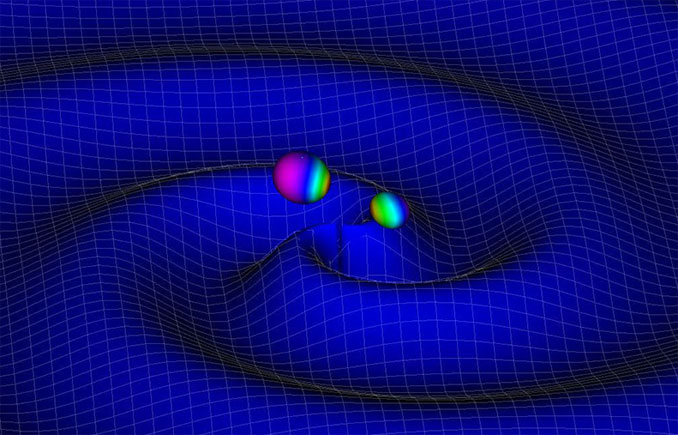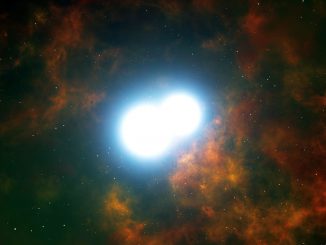
Scientists have developed new GPU-accelerated “deep learning” algorithms to more rapidly detect and characterize gravitational waves. The new technique “will enable astronomers to study gravitational waves using minimal computational resources, reducing time to discovery and increasing the scientific reach of gravitational wave astrophysics,” according to a statement from the National Center for Supercomputing Applications – NCSA – at the University of Illinois at Urbana-Champaign.
Gravitational waves, commonly referred to as “ripples in the fabric of spacetime,” are generated by the movement of massive bodies, such as compact neutron stars or black holes orbiting each other. Traveling at the speed of light, gravitational waves move away in all directions, distorting the space they radiate through.
The Laser Interferometer Gravitational-Wave Observatory, or LIGO, and other gravitational wave instruments have recently detected a handful of black hole or neutron star collisions, but extracting the signals is difficult.
Combining deep learning algorithms, relativity-based black hole merger simulations and data from the LIGO Open Science Center, Daniel George and Eliu Huerta, researchers with NCSA’s Gravity Group, came up with a more efficient way to process gravitational wave signals.
The result is “faster than real-time processing of gravitational waves in LIGO’s raw data, and also enables new physics, since it can detect new classes of gravitational wave sources that may go unnoticed with existing detection algorithms,” the NCSA said.
George and Huerta hope to extend the technique to identify electromagnetic counterparts to gravitational wave events. Their research is published in Physics Letters B.



